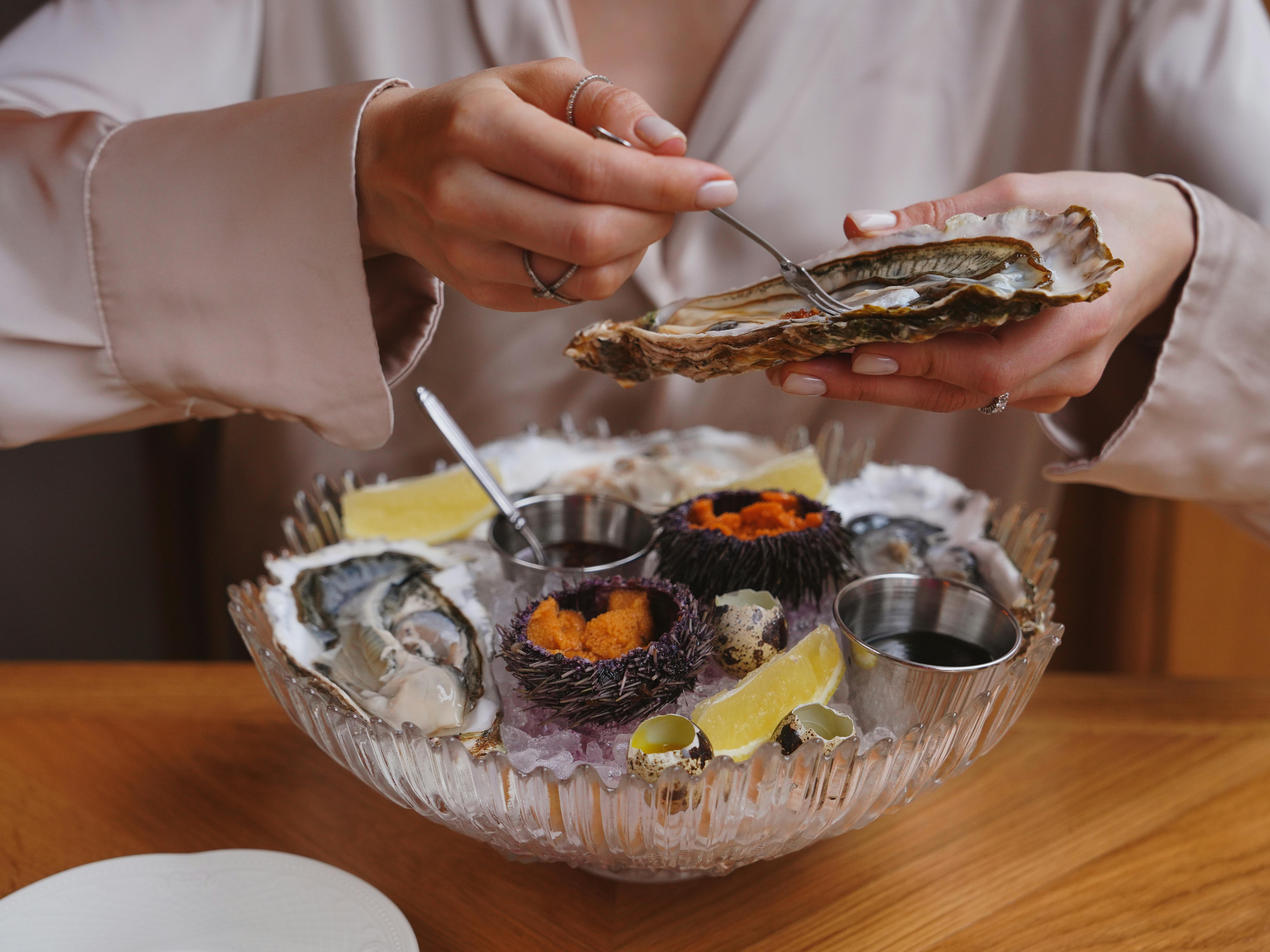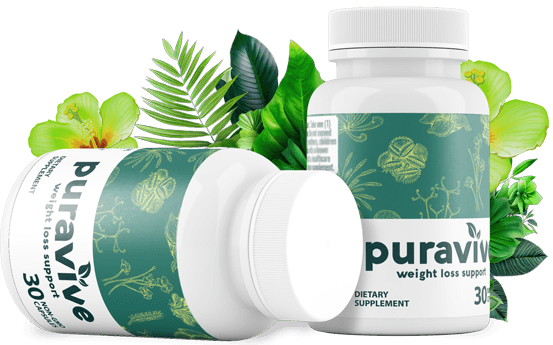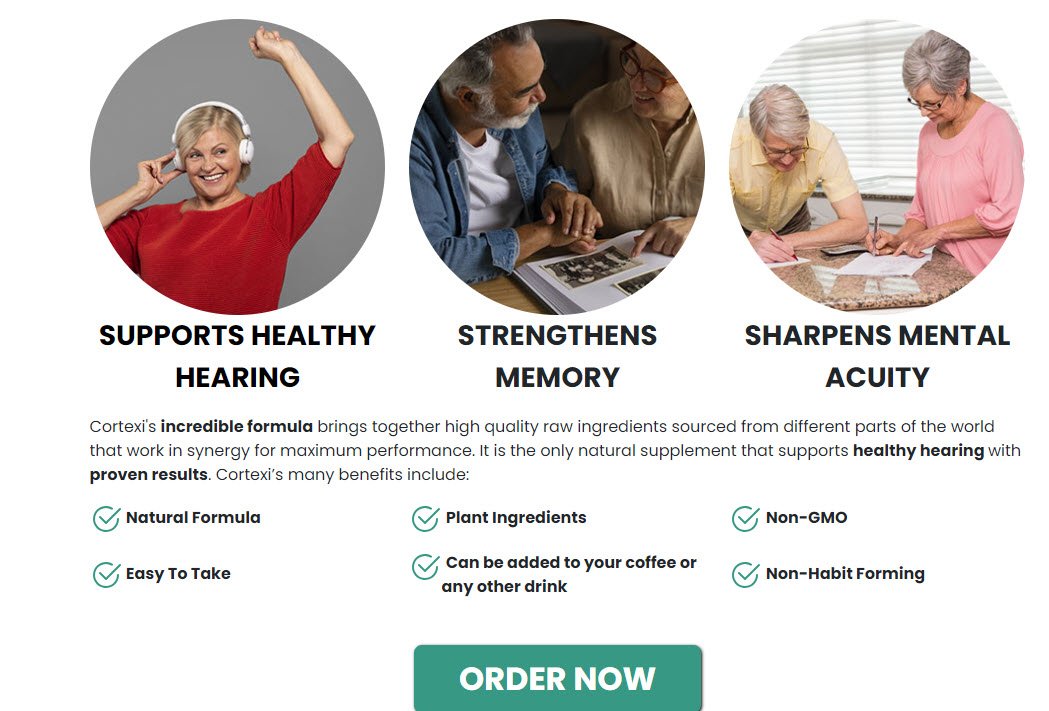Are you passionate about food and love sharing your culinary creations with others? If so, creating and managing a successful food blog could be the perfect outlet for your creativity and expertise. In this article, we will explore the essential steps and tips to help you embark on your food blogging journey. From choosing a niche to developing engaging content and building a loyal audience, we have got you covered. Get ready to tantalize taste buds, inspire fellow food enthusiasts, and establish yourself as a respected presence in the world of food blogging.
Choosing a Niche
When starting a food blog, one of the first steps you need to take is choosing a niche. This is the specific area within the food industry that you will focus on and become an expert in. It’s important to choose a niche that aligns with your passion and expertise, as this will give you the motivation to create engaging and informative content.
To identify your passion and expertise, think about the types of food you love to cook or eat the most. Consider your culinary background, whether it’s baking, vegan cooking, or international cuisine. Reflect on any special skills or knowledge you have in a particular area that sets you apart from other food bloggers.
Once you have identified your passion and expertise, it’s time to research popular food blog niches. Look at successful food blogs in the market and analyze the topics they cover. This will give you an idea of what niches are popular and potentially profitable. However, don’t be afraid to choose a niche that is less crowded if it aligns with your passion, as this can help you stand out in the saturated food blogging world.
After researching popular niches, evaluate their profitability. Look at the target audience, potential brand partnerships, and monetization opportunities within each niche. Consider the demand for content in that niche and the potential for growth. It’s essential to choose a niche that not only aligns with your passion but also has the potential to be profitable in the long run.
Once you have selected a niche, it’s important to find a unique angle within that niche. This will help you differentiate yourself from other bloggers in the same space. Think about what sets you apart and how you can bring a fresh perspective to your chosen niche. Whether it’s focusing on sustainable cooking practices or creating recipes for busy families, finding a unique angle will make your blog stand out.
Domain and Hosting
Now that you have chosen your niche, it’s time to set up your food blog’s domain and hosting. A domain is the web address that users will use to access your blog, and hosting refers to the service that stores your website’s files and makes it accessible to visitors.
Choosing a suitable domain name is important as it represents your brand and helps people find your blog. Aim for a domain name that is easy to remember, relevant to your niche, and preferably a .com extension. Avoid using numbers or hyphens as they can confuse users. Conduct a domain name search to see if your desired domain is available, and consider purchasing it as soon as possible to secure it.
Next, you need to select a reliable hosting provider. Look for hosting providers that offer good uptime, fast loading speeds, and excellent customer support. Consider your budget and the features you need, such as storage space and bandwidth. Reading reviews and comparing different hosting providers will help you make an informed decision.
Once you have chosen your domain and hosting provider, you will need to register your domain. Follow the instructions provided by your hosting provider to complete the registration process. This usually involves providing your personal information and selecting a registration period.
After registering your domain, you will need to configure the domain and hosting settings. This involves pointing your domain to the hosting provider’s server, setting up email accounts, and configuring any necessary DNS settings. Your hosting provider should provide clear instructions on how to do this, or you can seek assistance from their customer support team.

Website Design and Development
Designing and developing your food blog is an exciting step that allows you to create a visually appealing and user-friendly website. To begin, you need to choose a user-friendly content management system (CMS) that will allow you to easily manage and update your blog without the need for coding knowledge. WordPress is a popular choice among bloggers due to its intuitive interface and extensive plugin support.
Once you have chosen a CMS, it’s time to select a responsive and visually appealing theme for your blog. Look for a theme that is well-designed, mobile-friendly, and suits the overall aesthetic you want to achieve. Consider the layout options, color schemes, and font choices that best reflect your brand.
Customizing your blog’s layout and colors is an important step in creating a cohesive and visually appealing website. Use the customization options provided by your CMS or theme to tailor the design to your liking. Pay attention to details such as logo placement, navigation menus, and sidebar widgets to create a seamless user experience.
Adding essential pages such as an About page, Contact page, and Privacy Policy is crucial for building trust with your audience. The About page allows you to share your story and background, while the Contact page makes it easy for readers, brands, and potential collaborators to get in touch. The Privacy Policy is essential for legal compliance and protects both you and your readers.
Installing necessary plugins and widgets will enhance the functionality of your blog. Consider installing a plugin for SEO optimization, social media sharing buttons, and an email opt-in form for collecting subscriber information. Choose plugins that are reputable and regularly updated to ensure optimal performance.
Content Creation
Creating high-quality content is the cornerstone of a successful food blog. To establish a solid content strategy, consider your target audience and their preferences. Are they looking for quick and easy recipes, in-depth cooking guides, or food-related travel experiences? Tailor your content to meet their needs and interests.
Brainstorm and plan blog post ideas that align with your niche and the needs of your target audience. Consider the different types of content you can create, such as recipe posts, cooking tutorials, restaurant reviews, or ingredient spotlights. Keep a running list of ideas and organize them by priority and seasonality to stay ahead of your content creation schedule.
When writing blog posts, aim for engaging and informative content that provides value to your readers. Share personal anecdotes and tips that will resonate with your audience. Use a conversational tone to make your content relatable and friendly. Break up your text with headings, bullet points, and images to improve readability.
Using high-quality images and videos is essential for showcasing your recipes and enticing your audience. Invest in a good camera or smartphone with a high-resolution camera to capture appealing food photos. Edit your photos to enhance colors and make them more visually appealing. Consider creating recipe videos or tutorials to provide an interactive element to your blog.
Optimizing your content for search engines (SEO) will help your blog rank higher in search engine results and increase organic traffic. Research relevant keywords and incorporate them naturally into your blog posts. Pay attention to meta descriptions, title tags, and alt text for images. Focus on creating valuable and shareable content that is likely to be linked to by other websites.

Building a Strong Brand
Building a strong brand is crucial for establishing credibility, recognition, and loyalty among your audience. Start by defining your brand identity. What values and qualities do you want your blog to represent? Identify your target audience’s needs, interests, and aspirations, and craft your brand’s messaging accordingly.
Creating a memorable logo is an important aspect of branding. Design a logo that reflects your blog’s niche, personality, and values. Consider hiring a professional designer or using online tools to create a unique and eye-catching logo. Use your logo consistently across your website, social media profiles, and any other platforms where your blog is represented.
Design cohesive visual elements such as fonts and colors to create a unified and visually appealing brand. Choose fonts that are easy to read and reflect your brand’s personality. Select a color palette that complements your blog’s niche and evokes the desired emotions in your audience. Consistency in font usage and color schemes will contribute to a cohesive and professional brand image.
Craft a unique brand voice that resonates with your target audience. Whether it’s a lighthearted and playful tone or a more informative and authoritative voice, find a style that aligns with your content and keeps readers engaged. Consistency in your writing style and tone will help build familiarity and trust among your audience.
Consistently apply your branding across all platforms where your blog is present. Use your logo, fonts, and colors consistently in your website design, social media posts, and any other marketing materials. This will create a cohesive and recognizable brand image that helps build brand recognition and loyalty.
Promoting Your Blog
Promoting your food blog is crucial for building an audience and expanding your reach. Utilizing social media channels is an effective way to connect with your target audience and share your content. Identify which social media platforms your audience uses the most and create engaging and visually appealing posts to promote your blog. Consider using hashtags relevant to your niche to increase exposure.
Engaging with your audience is key to building a loyal following. Respond to comments and messages promptly, and encourage discussion and interaction on your blog and social media platforms. Ask your audience for feedback, suggestions, and any questions they may have. Show genuine interest and appreciation for their support.
Collaborating with other bloggers and influencers in your niche can help you reach a wider audience and build credibility. Reach out to fellow bloggers for guest posting opportunities, cross-promotions, or collaborative projects. Consider hosting guest bloggers on your blog and contribute guest posts to other relevant websites in return.
Implementing SEO strategies will help improve your blog’s visibility in search engine rankings. Research keywords relevant to your niche and incorporate them naturally into your content. Optimize meta tags, URLs, and image alt text to improve search engine indexing. Build high-quality backlinks by reaching out to other websites for guest posting opportunities or sharing your content on social media.
Guest posting on other relevant websites is another effective way to promote your blog and reach a wider audience. Identify websites in your niche that accept guest posts and reach out to contribute valuable content. This not only increases your exposure but also helps build credibility and authority within your niche.

Monetization Methods
Once you have established a solid audience base, you can start monetizing your food blog. There are several ways to generate income from your blog.
Displaying advertisements, such as Google AdSense, is a common method of monetization. By placing ads on your blog, you earn a commission whenever a visitor clicks on an ad. However, be mindful of the placement and number of ads on your blog to avoid overwhelming your audience.
Joining affiliate marketing programs allows you to earn a commission by promoting products or services and including affiliate links in your blog posts. Choose affiliate programs that align with your niche and target audience to ensure relevance and authenticity. Be transparent and disclose your affiliate relationships to maintain trust with your audience.
Creating sponsored content involves partnering with brands to promote their products or services on your blog. This can include sponsored blog posts, social media promotions, or product reviews. Only collaborate with brands that align with your niche and values to maintain authenticity and trust with your audience.
Offering premium content or subscriptions is a way to monetize your expertise and provide exclusive content or access to your audience. This can include e-books, online courses, or a members-only section of your blog. Ensure that the premium content provides significant value to justify the cost to your audience.
Providing consulting or coaching services allows you to leverage your expertise and offer personalized guidance to your audience. This can include one-on-one coaching sessions, recipe development, or menu planning services. Market your services on your blog and social media platforms, and showcase your expertise to attract clients.
Building a Community
Building a community around your food blog is essential for fostering engagement and loyalty among your audience. Encouraging comments and feedback on your blog posts and social media platforms creates a sense of community and allows for meaningful interactions.
Responding to reader inquiries and comments shows that you value your audience’s opinions and appreciate their engagement. Respond promptly and thoughtfully, and encourage further discussion. Incorporate reader suggestions and feedback into your content planning to show that you value their input.
Hosting giveaways and contests is another effective way to engage your audience and foster a sense of community. Offer prizes such as cooking equipment, ingredients, or even a personalized cooking experience. Encourage participation and create buzz around your blog and social media platforms.
Organizing in-person or virtual events allows you to connect with your audience on a more personal level. Consider hosting cooking classes, workshops, or even virtual Q&A sessions. These events provide opportunities for your audience to interact with you and each other, strengthening the sense of community.
Creating a newsletter or email subscription keeps your audience informed and engaged. Send regular updates, exclusive content, and personalized offers to your subscribers. Provide valuable content and incentives for subscribing to encourage audience participation.

Analyzing and Improving
Analyzing your blog’s performance is essential for identifying areas of improvement and optimizing your strategies. Track website traffic and user engagement using analytics tools such as Google Analytics. Analyze metrics such as page views, bounce rate, and time spent on your blog to gain insights into visitor behavior.
Using analytics tools, identify popular content and user demographics. Look for trends and patterns to understand what resonates with your audience. Adjust your content strategy accordingly to focus on creating more of what your audience enjoys.
Identify areas for improvement based on feedback and data. Seek feedback from your audience through surveys or social media polls to gain insights into their preferences. Use this feedback to make necessary changes to your content, design, or strategies.
Implement changes based on feedback and data to continuously improve your blog. Experiment with different content formats, visuals, or promotional strategies to optimize your blog’s performance. Regularly assess your progress and be open to adapting and evolving as trends and audience preferences change.
Consistency and Persistence
Building a successful food blog requires consistency and persistence. Creating and sticking to a content schedule ensures that your audience knows when to expect new content. Consistency builds trust and keeps your audience engaged. Plan your content in advance and establish a realistic schedule that you can manage consistently.
Updating and refreshing older content is important to keep your blog relevant and up to date. Review your older blog posts, update any outdated information, and improve upon the content whenever possible. Include internal links to newer content to encourage visitors to explore more of your blog.
Networking with other bloggers and professionals in your industry is important for building connections, learning from others, and potentially collaborating on projects. Attend industry events, join online communities, and reach out to fellow bloggers for networking opportunities. Building a supportive network can provide valuable advice and support, especially during challenging times.
Setting achievable goals and milestones is crucial for measuring your progress and maintaining motivation. Determine specific objectives for your blog, such as increasing website traffic or earning a certain income. Break down these goals into smaller achievable milestones and track your progress. Celebrate your successes and adjust your strategies as needed.
Lastly, never give up, even during challenging times. Building a successful food blog takes time, effort, and perseverance. Stay focused on your passion and the value you provide to your audience. Embrace challenges as learning opportunities and use setbacks as motivation to keep pushing forward. With consistency, persistence, and a genuine love for food and blogging, you can create and manage a successful food blog.






